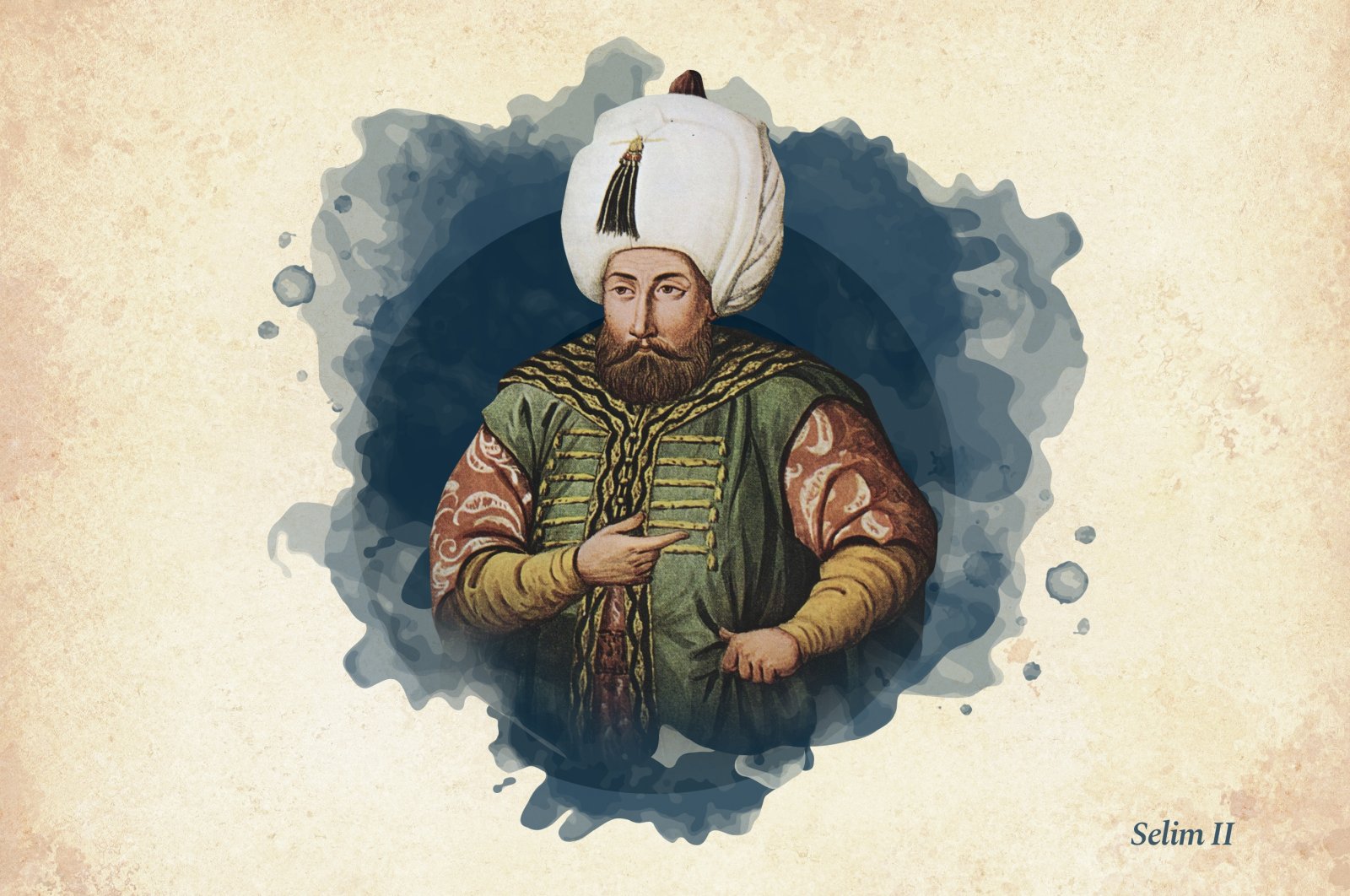
MIGHTY SOVEREIGNS OF OTTOMAN THRONE: SULTAN SELIM ll
The 11th Ottoman sultan and 76th Islamic caliph Sultan Selim II was the middle son of Sultan Suleiman I, also known as Suleiman the Magnificent, and his beloved wife Hürrem Sultan. He is the only sultan who was born and died in Istanbul. He is described as tall, handsome and as having a high forehead and hazel eyes. He was known as Selim the Blond, probably because of the fair hair he inherited from his mother.
He was not ambitious for power when he was a şehzade (prince). It was as if he waited silently and wisely for the throne to come to him. He asked his companion Celal Bey, "What do people say about us?" “Soldiers support Şehzade Mustafa while Şehzade Bayezid is supported by his parents and viziers,” Celal Bey answered. Upon this response, Selim said: "Let the strongest want Sultan Mustafa. Let the sultanate of Bayezid be demanded by his parents. Let poor Selim be favored by his Mawla (God)! Let us enjoy ourselves. Tomorrow belongs to God.”
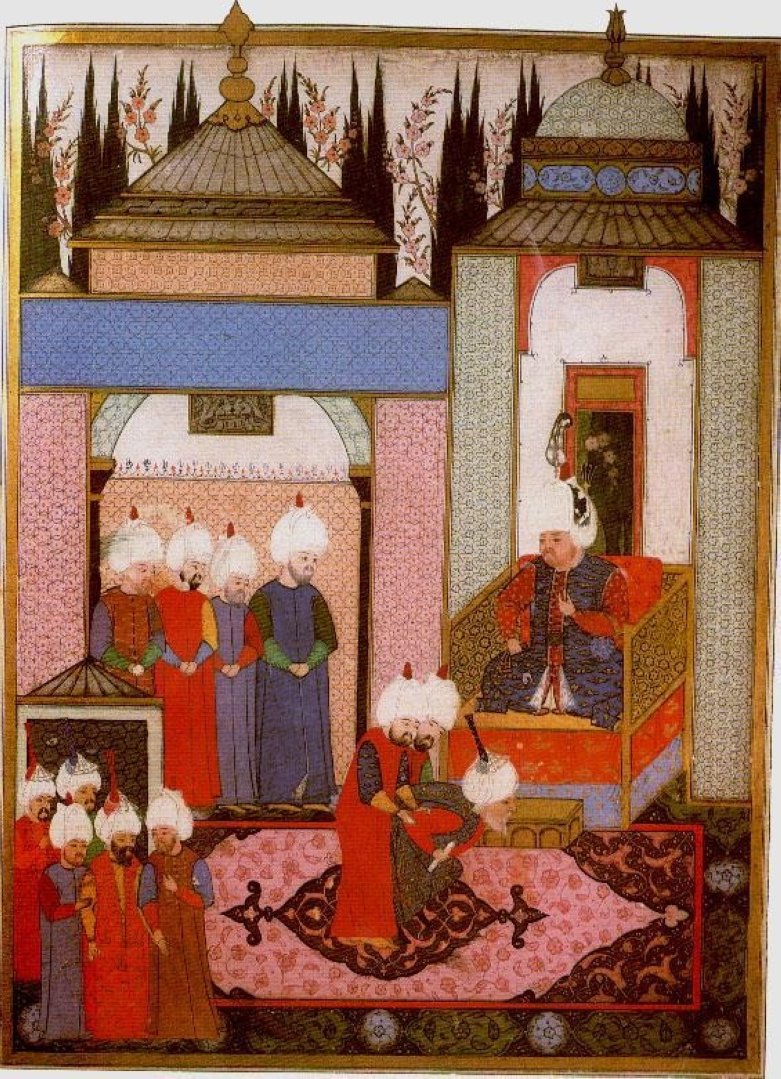
Indeed, his brothers Mehmed and Cihangir fell ill and died. The ambitions of Şehzade Mustafa and Bayezid, who rose up against their fathers, cost them their lives. Şehzade Selim attained the blessing of patience and thus proved that he was the most worthy candidate for the throne. Patience is the most precious virtue of a statesman. Actually, his father was also inclined toward supporting Şehzade Selim to succeed him for the throne since he was an obedient son. He participated in expeditions with his father. He proved his skill when he was serving as a governor in Manisa, Kütahya and Karaman. When Sultan Suleiman I left for the expedition of Iran, he left Selim as regent.
Preventing colonialism
After ascending the throne, Sultan Selim II left government affairs in the hands of his prudent vizier and son-in-law, Sokollu (Sokullu) Mehmed Pasha. He was like the rulers of today's democratic European monarchies. But he was always alert for the ambitions of those around him. He supported worthy statesmen such as Lala Mustafa Pasha, Özdemiroğlu Osman Pasha, Kılıç Ali Pasha and Piyale Pasha and protected them against the Grand Vizier Sokollu Mehmed Pasha, who was a powerful and ambitious figure. Sokollu is the second and last grand vizier to remain in office throughout the reign of a sultan in Ottoman history. The first is Çandarlı Ali Pasha, the grand vizier of Sultan Bayezid.
Sultan Selim II's reign was one of the brightest periods of the Ottoman Empire. Tunisia was taken from the Spaniards, the Zaidi resistance in Yemen was broken and Ottoman dominance was consolidated here in his time. The sultan sent soldiers, artillery and the navy to help the Muslims of Aceh (Indonesia) against the Portuguese. In this way, the Aceh Sultanate was able to maintain its independence until 1914.
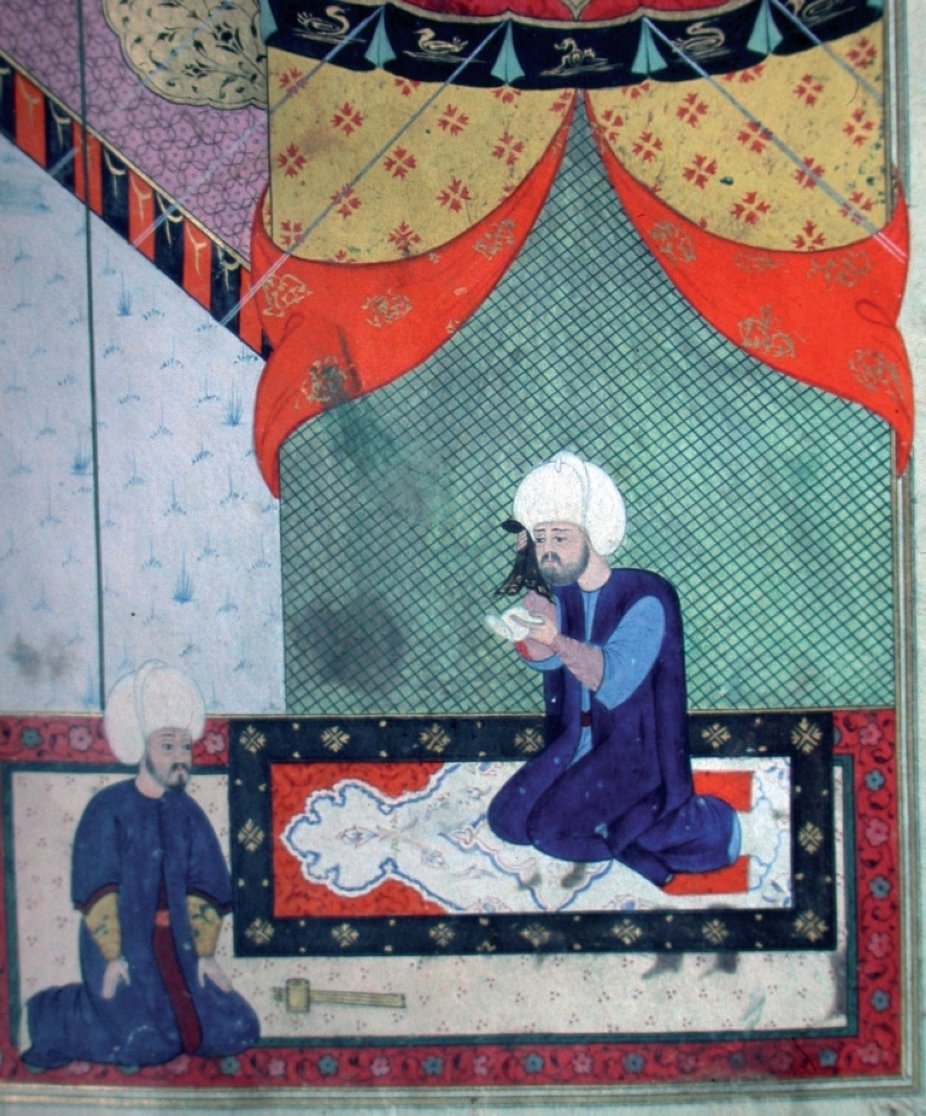
Upon the request of the Astrakhan sultan for help, the Russo-Turkish War, or Don-Volga-Astrakhan Campaign of 1569, was launched. It aimed to connect the Black Sea and the Caspian Sea by opening a channel at a point where the Volga River flowing into the Caspian Sea and the Don River flowing into the Sea of Azov come very close to each other, thus providing protection for Turkistan against Russian expansionism. The project was started; however, it could not be carried out due to winter and other reasons.
The Crimean Khan Devlet I Giray, to whom Sultan Selim II sent aid, invaded Moscow and forced the Russians to make peace. Thus, he prevented Asia from falling into the hands of the colonialists. The Suez Canal project of the sultan, who wanted to strengthen his political and commercial dominance in the Indian Ocean, was not realized.
Sultan Selim II was a peace-loving ruler. He made peace with Iran, Austria and the Venetians, and commissioned the reconstruction of the country. He was the first sultan who did not go on a campaign after he ascended to the throne. This was because almost all of the campaigns in his time were sea expeditions, and the sultans did not accompany the navy on missions. For this reason, he was known as a dull personality by the public and historians and never received the place he deserves in history.
Sultan's dream
Intervention in government affairs has always been rare but one happened in the conquest of Cyprus in July 1571. Cyprus was captured by Muslims during the reign of Caliph Muawiya in the seventh century and even Umm Hiram bint Milhan, the aunt of the Prophet Muhammad, was martyred here. However, Cyprus was later lost, which became a basis of legitimacy for the Ottomans to conquer the island.
In addition, Cyprus was stabbing into the Ottoman lands like a knife, and Venetians, the owners of the island, were threatening the Ottoman security in the Mediterranean. Since the conquest of the island was very difficult, Divan-ı Hümayun (Imperial Council) was against conducting an expedition there.
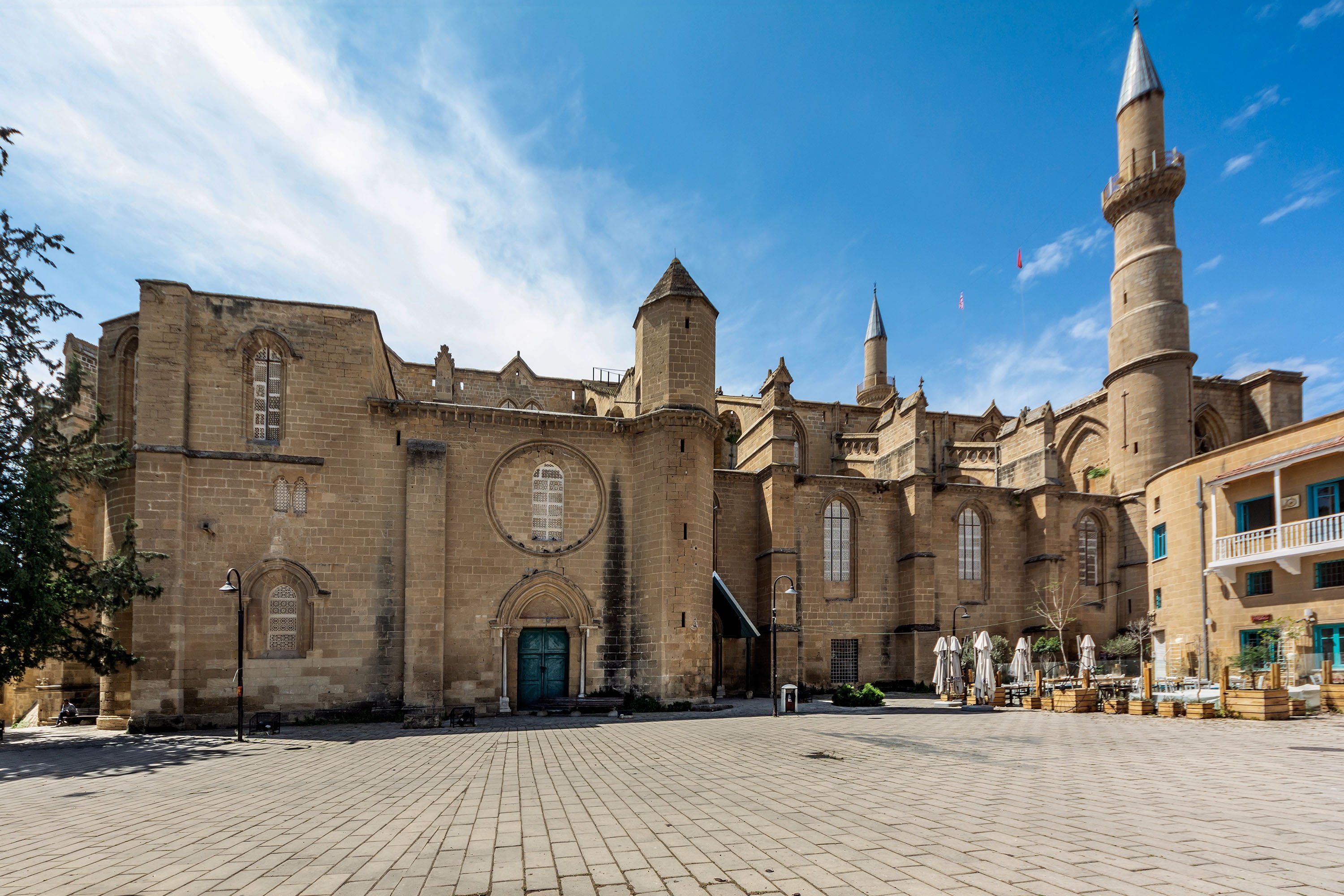
Rumor has it that Sultan Selim II had a dream at that time: that the Prophet Muhammad announced that he would conquer Cyprus and wanted him to build a mosque as a token of gratitude. After this incident, which was repeated several times, the sultan insisted on sending an expedition to the island. As a result of feverish activity, a new navy was formed. Contrary to fears, the island was conquered in a short time. Then, Sultan Selim II commissioned the Selimiye Mosque built in Nicosia (Lefkoşa).
On Oct. 7, 1571, the Ottoman navy experienced the pain of defeat for the first time against the allied navies of the Papal States, Malta, Venice and Spain. A total of 152 ships were lost, and even the grand admiral was martyred. The sultan, who was very upset, ordered the renewal of the navy within five months. When Grand Admiral Kılıç Ali Pasha expressed surprise about the order, Sokollu Mehmed Pasha offered a historical answer to him: "Pasha! Pasha! You did not know this state. The power of this state is at such a level that if all the masts of the navy were ordered to be made of silver, the ropes to be made of thrown silk yarns, and the sails to be made of satin, it would be easily done. If any ship runs out of ammunition, take them from me as I said!”
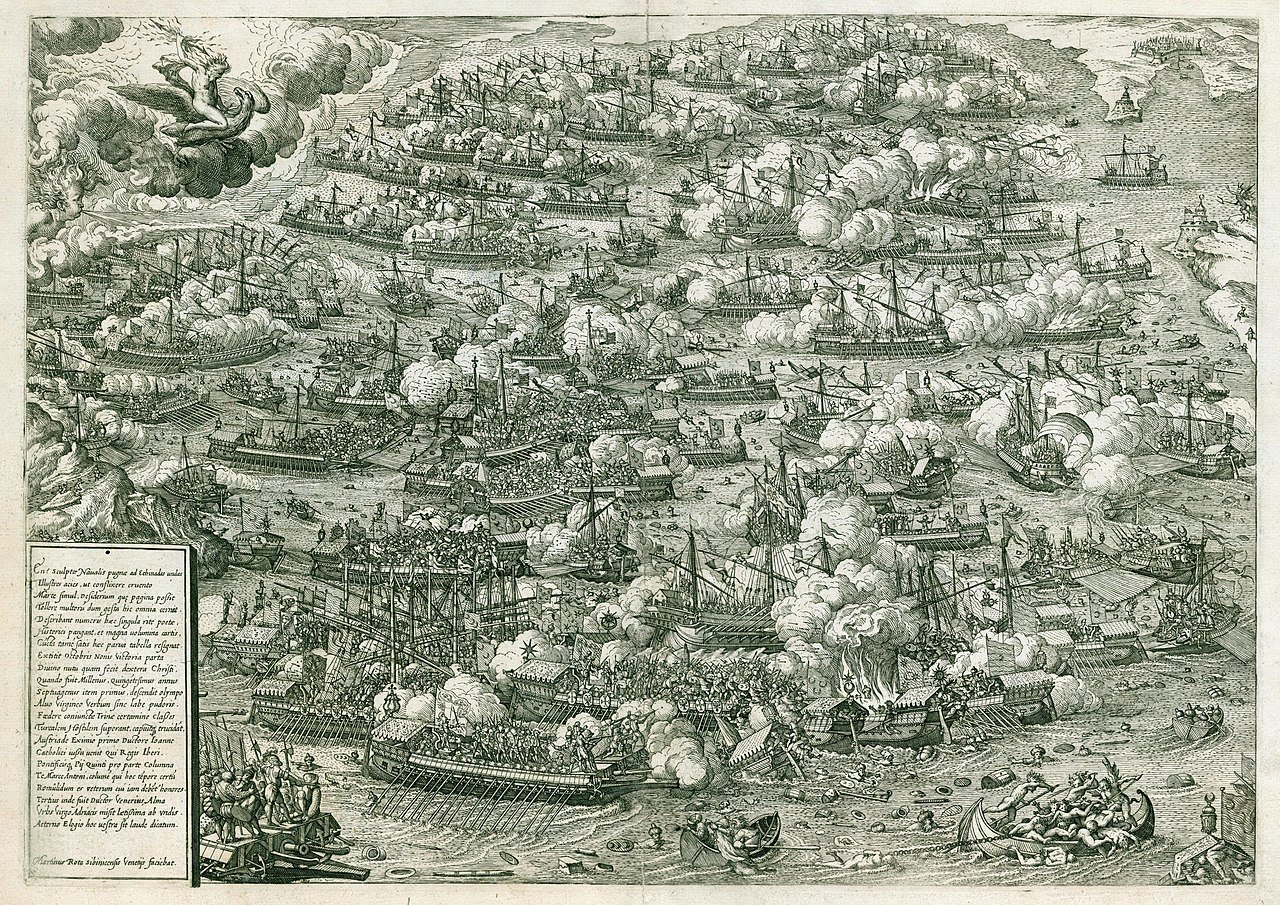
Thus, a navy of 200 ships was created with hard work throughout the whole winter. Joseph von Hammer-Purgstall attributes this to the economic and technical superiority of the Ottomans and said, “It was as if the Turks had won the Battle of Lepanto.”
In 1567, when the rebellion against Spain began in the Netherlands, the leader of the rebellion, Willem Orange, asked Sultan Selim II for help. The sultan promised to help the “enemy of his enemy” but the defeat of Lepanto did not allow this. At those times, the slogan 'Liever Turks dan Paaps" (“I'd rather be Turkish than Catholic”) was popular in the Netherlands. Some Dutch even attached crescent-shaped medallions with this slogan on their hats.
He has such a couplet
Like all the sons of Suleiman the Magnificent, Selim II received an excellent education and training and was one of the most intellectual people of his time. He valued scholars and was a pious sultan who belonged to the Khalwati Sufi order. He was enlightened by Sheikh Suleiman Amedi.
The sultan was extremely adept at hunting and archery. There was no one who drew a bow better than him in his time. He used to swim in the Bosporus. He was kind and humble.
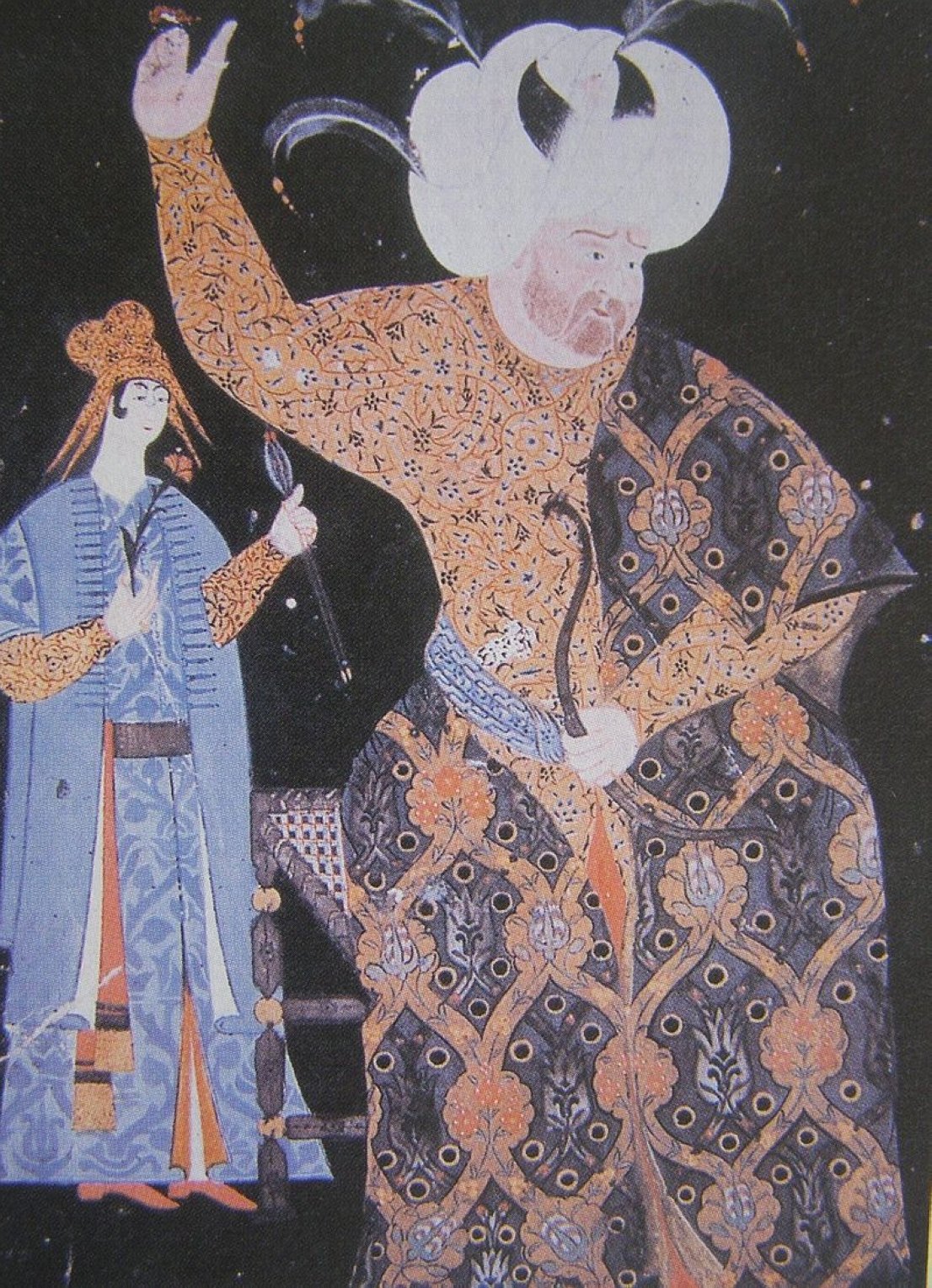
He was also a mighty poet with a diwan (a collection of poems by one author). He used to write poetry under the pseudonym Selimi. Turkish poet Yahya Kemal Beyatlı praised the sultan and equated a couplet by him with the Selimiye Mosque with a poetic exaggeration, by saying: “He has such a beautiful couplet and a mosque.” The sultan’s couplet praised by Beyatlı reads:
"We are love nightingales complaining about separation with scorching breaths
The gentle morning wind becomes fire if it blows through our rosary."
During the reign of Suleiman the Magnificent, it was forbidden to open pubs or taverns in the neighborhoods where Muslims were the majority. It was allowed again during the reign of Sultan Selim II to compensate for the tax loss. As a matter of fact, non-Muslims can buy, sell and drink wine in an Islamic state as their religion allows it. In the Ottoman Empire, there were pubs belonging to non-Muslims. The government used to collect taxes from them, and Muslims could not enter these places. Some, who were unaware of this rule, thought that the sultan was fond of alcohol.
Masterpiece
Sultan Selim II commissioned several charitable works, including mosques, madrassas and imaret (soup kitchens), all over the country. The dome of Selimiye Mosque, which Ottoman architect Mimar Sinan built in Edirne and declared "his masterpiece," is bigger than Hagia Sophia. Hagia Sophia Grand Mosque was able to survive today thanks to the retaining walls that the sultan had commissioned for the structure. He also had a madrassa and two elegant minarets built next to it.

He commissioned the repair of the Mecca waterways and the decoration of Kaaba with marble domes. Among his other charities are Selimiye Mosque and Aziz Efendi Lodge in Lefkoşa, Navarin Harbor Tower and the Great Mosque of Antakya.
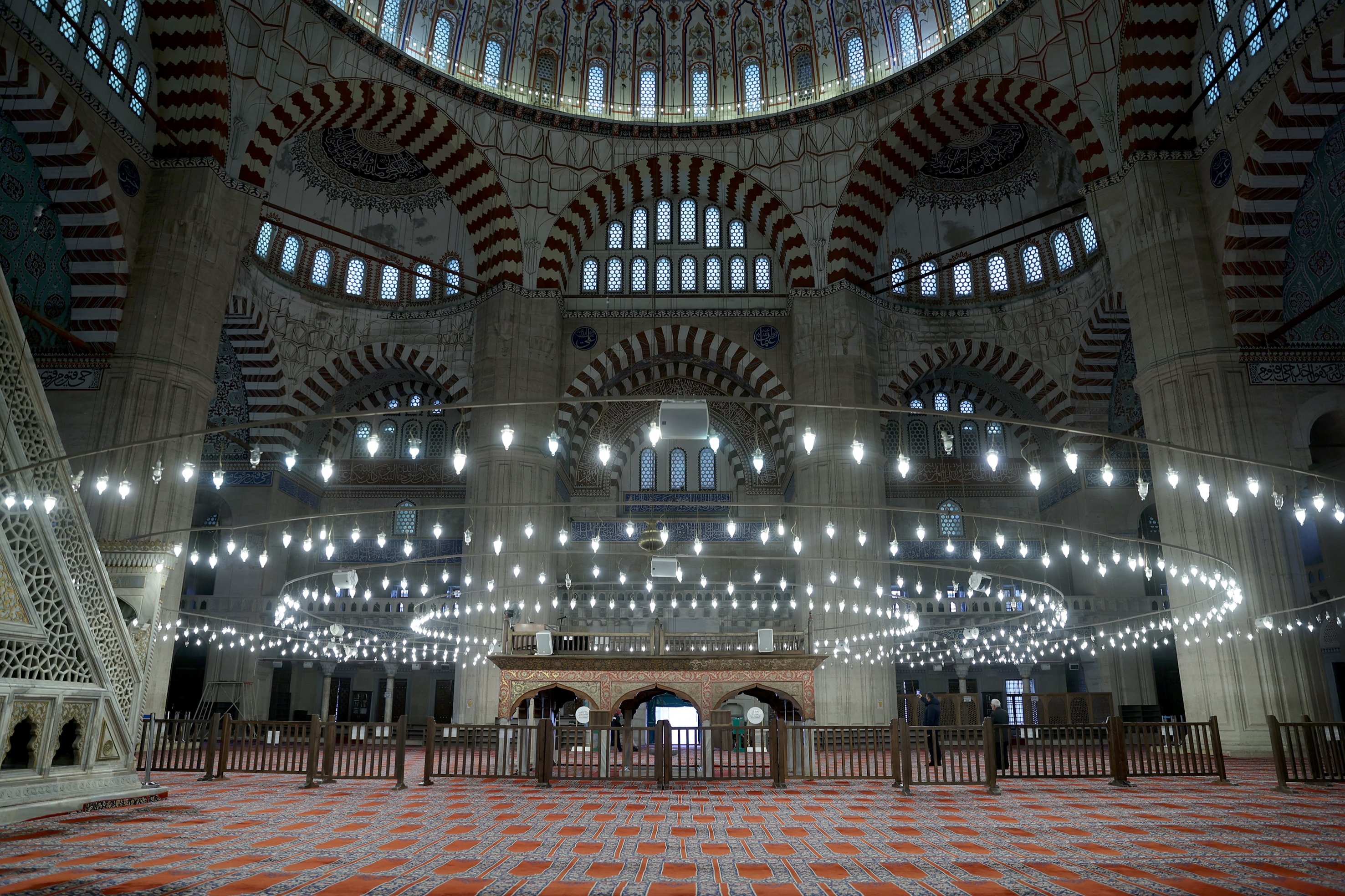
He founded the town of Karapınar in Konya. He commissioned a mosque and a complex here. He had Topkapı Palace, which suffered a fire disaster, repaired. It became customary in his time to adorn the minarets of mosques with oil lamps called mahya during Ramadan and on holy nights.
Pain of losing a friend
The death of Sheikh al-Islam Ebussuud Efendi, whom he loved very much, in August 1574 affected the sultan a lot. He was even more saddened for his death than the death of his son, whom he lost two years ago. Then, he retreated into his shell and devoted himself to worship. While visiting the rebuilt apartments and bath in the palace after the fire, the sultan slipped from the marble floors, fell and died of a cerebral hemorrhage.
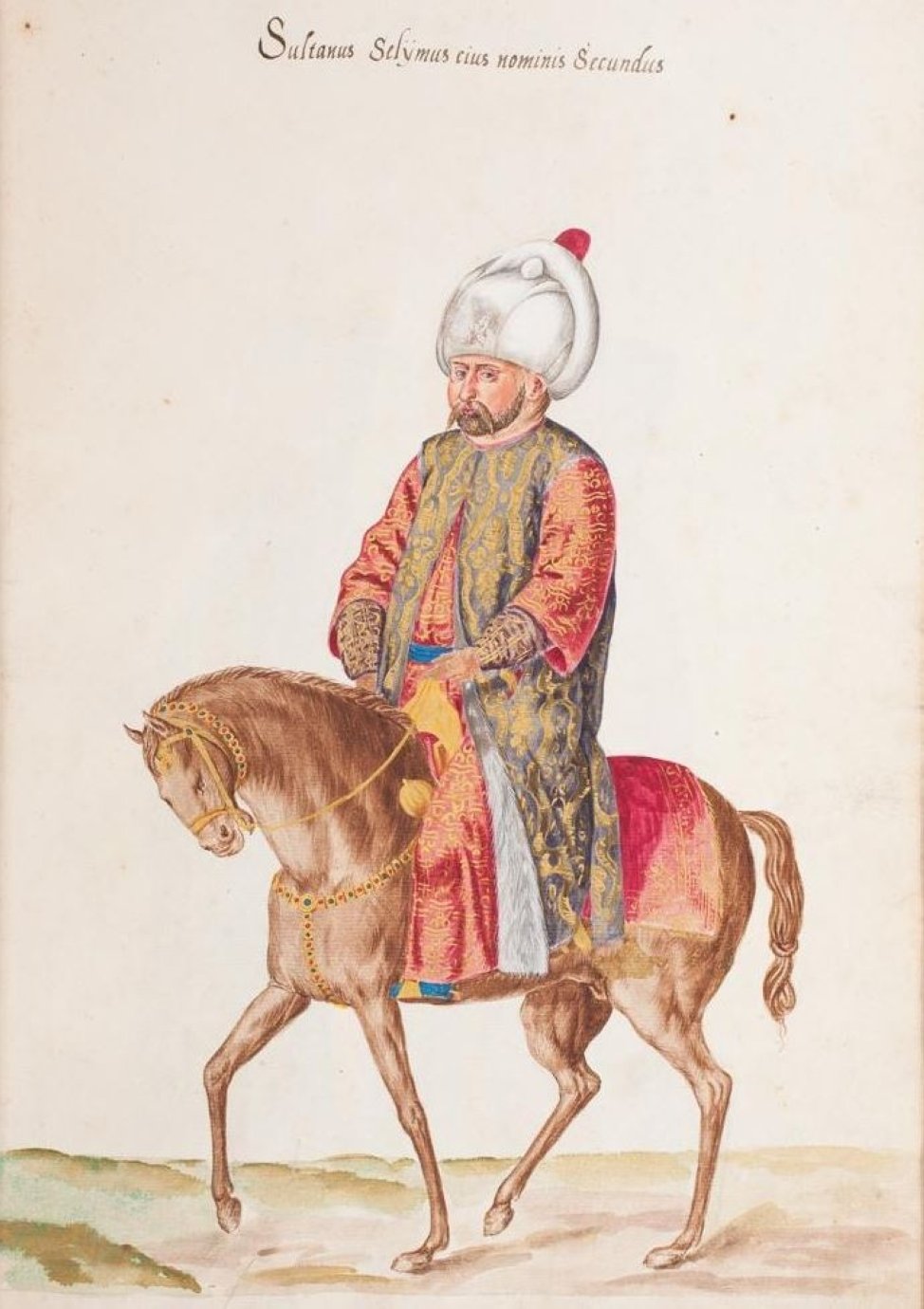
He was 50 years old when he died in 1574, after eight years of reign. He died at the same age as his grandfather, Sultan Selim I, with whom he bears the same name. Besides, both of them reigned for the same duration. He was buried in the tomb built by Mimar Sinan in the courtyard of Hagia Sophia.
He was not fond of harem life. His only beloved wife, Nurbanu Sultan, was one of the most benevolent women in history. She had Mimar Sinan build the Atik Valide Mosque in Üsküdar and its complex and the Toptaşı Bimarhane (mental hospital), which today serves in Bakırköy. There are many other charities she had commissioned. She brought water to Istanbul.
The sultan had eight sons named Murad, Mehmed, Ali, Süleyman, Mustafa, Cihangir, Abdullah and Osman and four daughters named Esmehan, Gevherhan, Fatma and Shah Sultan. The descendants of Esmahan's children born from Sokollu Mehmed Pasha and Gevherhan's from Piyale Pasha have survived to the present day.
Önceki Yazılar
-
WHO CAN FORGIVE THE KILLER?31.12.2025
-
WHEN WAS PROPHET ISA (JESUS) BORN?24.12.2025
-
IF SULTAN MEHMED II HE HAD CONQUERED ROME…17.12.2025
-
VIENNA NEVER FORGOT THE TURKS10.12.2025
-
THE FIRST UNIVERSITY IN THE WORLD WAS FOUNDED BY MUSLIMS3.12.2025
-
WHO BETRAYED PROPHET ISA (JESUS)?26.11.2025
-
IT HAS BEEN MORE THAN 100 YEARS SINCE ITS ABOLITION, BUT... IS THE CALIPHATE BEING REESTABLISHED?19.11.2025
-
GREETINGS TO YOU, O OTTOMAN SANJAK!…12.11.2025
-
ROTHSCHILDS BROUGHT THE END OF THE OTTOMAN EMPIRE!5.11.2025
-
SHEIKH BEDREDDIN, SON OF THE QADI OF SIMAVNA29.10.2025